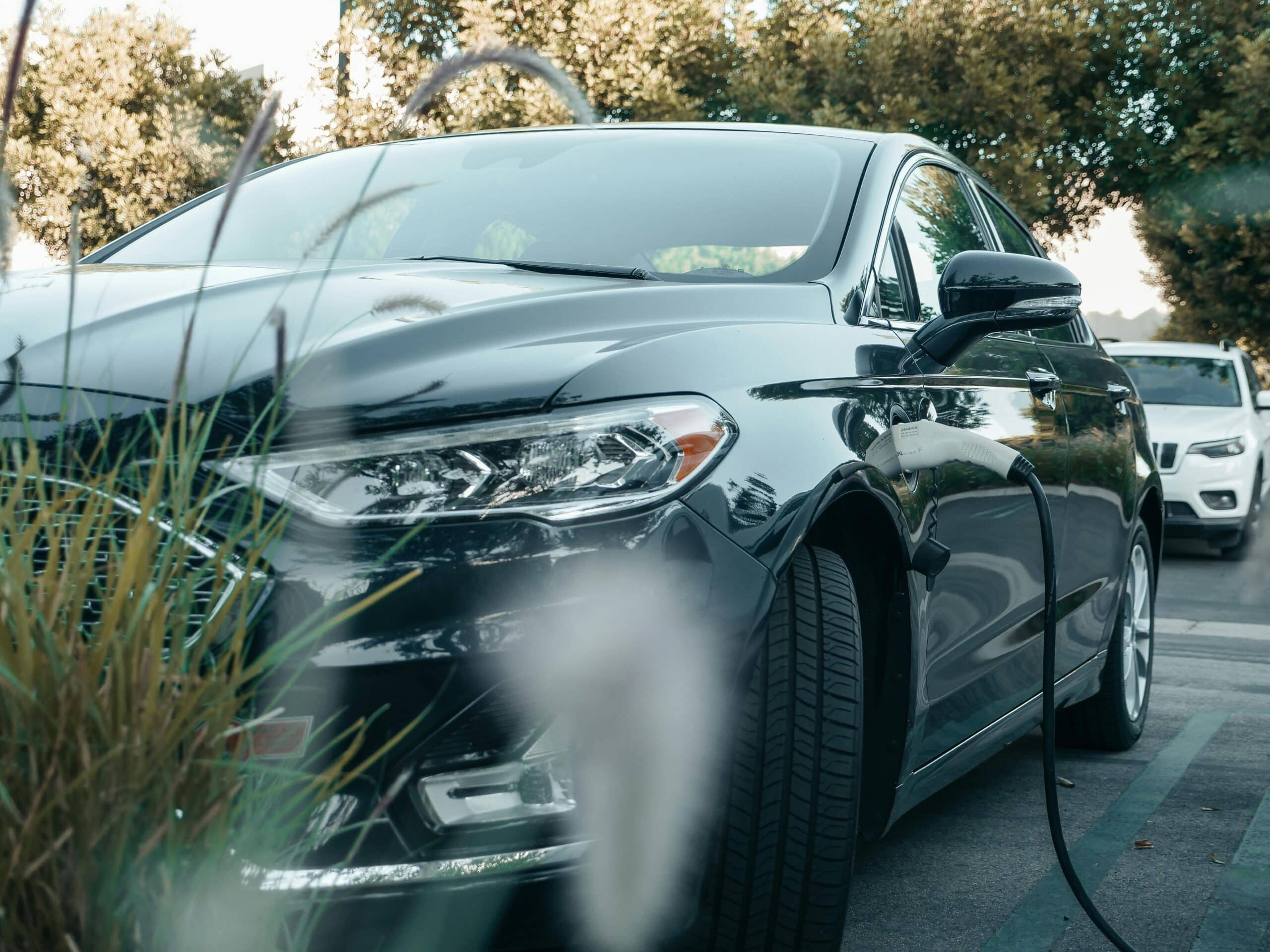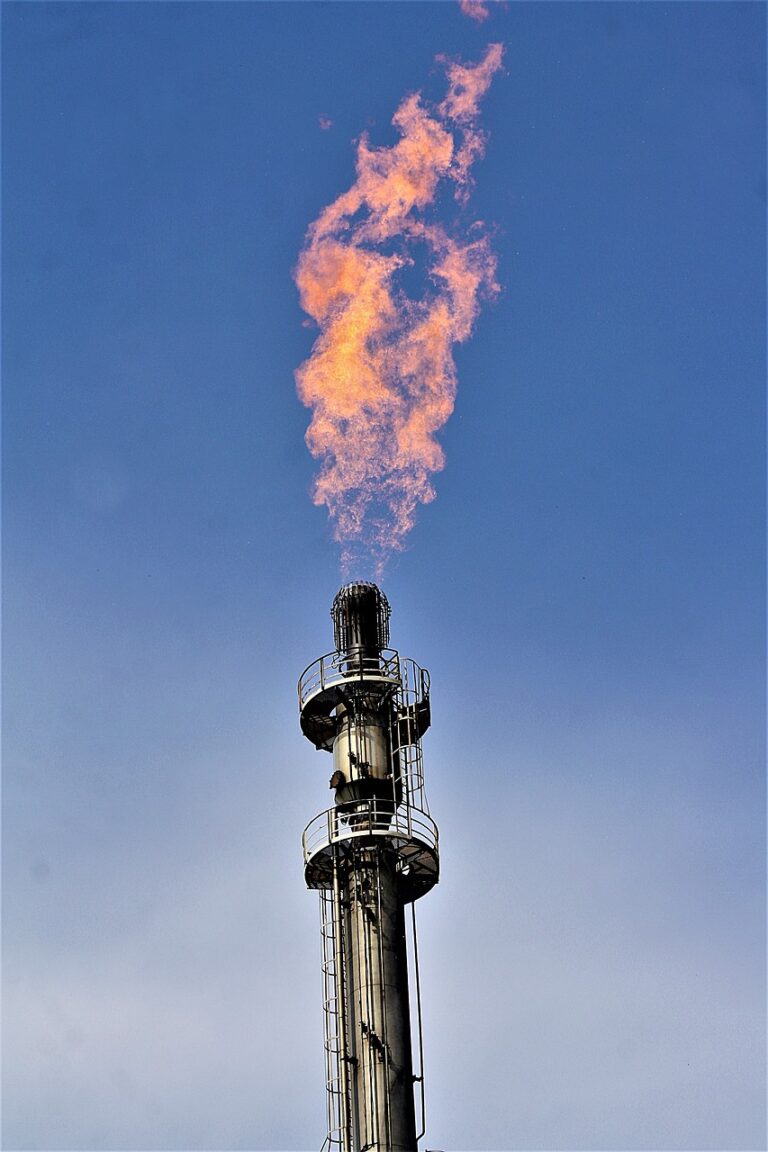TL/DR –
Hop in, we’re roadtripping through the Biden administration’s car emissions plan. We’ve got less of the electric dream and more of the gas reality. So, instead of the original 67% electric car shift by 2030, we’re now looking at a hybrid takeover, with 56% electric and 13% plug-in hybrids. Don’t let appearances fool you though; these hybrids may be dressed in eco-friendly green, but they’re still gas guzzlers at heart.
The U.S. Driving Future: Partially Electric
The EPA’s final rule on car emissions will result in fewer electric vehicles than anticipated last year.
Biden’s plans to electrify the car industry represents a shift, with gasoline engines playing a supporting role. Originally, the EPA estimated that 67 percent of new car sales would be electric within eight years. However, the updated proposal accommodates plug-in hybrids and gas-fueled vehicles, predicting that 56 percent of vehicles will be fully electric by 2032, with 13 percent as plug-in hybrids.
Carmakers and EPA Administrator Michael Regan praised the changes as a practical step forward in reducing climate-warming pollution, while allowing the industry time to adapt. Regan emphasized that the environmental integrity was not compromised. “We believe it makes a stronger rule, a more durable rule,” he said.
But the reliance on plug-in hybrids adds uncertainty, as they have limited electric range and their pollution level depends heavily on consumer driving habits. “If you don’t plug it in, you’re running on gas,” said Dan Becker, director of the safe climate campaign at the Center for Biological Diversity.
Big automakers like General Motors and Toyota, planning to lean on plug-in hybrids in the near future, view this rule change as a win. However, it is important to acknowledge that the rule doesn’t dictate engine type but sets an emissions limit.
The ruling covers vehicles built from 2027-2032. It originally aimed to support battery-electric vehicles as the lowest-cost way to cut emissions. But after pushback from manufacturers, dealers, and labor groups, the EPA reevaluated plug-in hybrids. The final rule eases the timeline, pushing the biggest emissions cuts to the last few years of this period. It still targets to cut car pollution by 50% by 2032, preventing over 7 billion tons of carbon emissions by 2055.
Despite these modified paths, car companies still face tough decisions balancing short-term consumer preference for hybrid cars against the declining price of electric vehicles and increased competition from low-priced EVs manufactured abroad.
Original Story at www.scientificamerican.com





